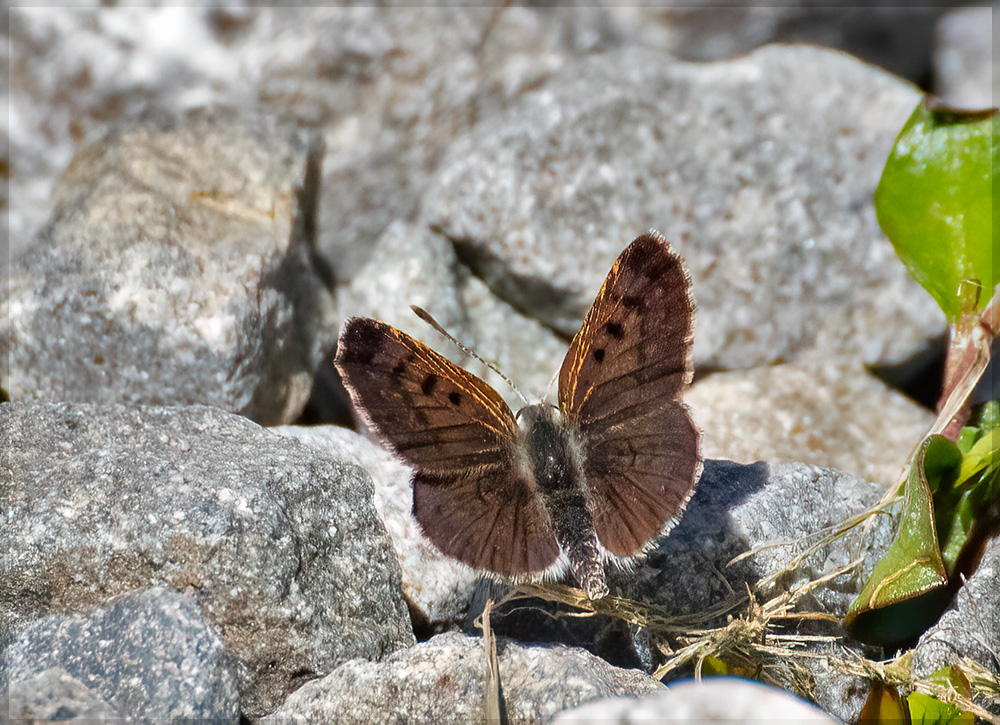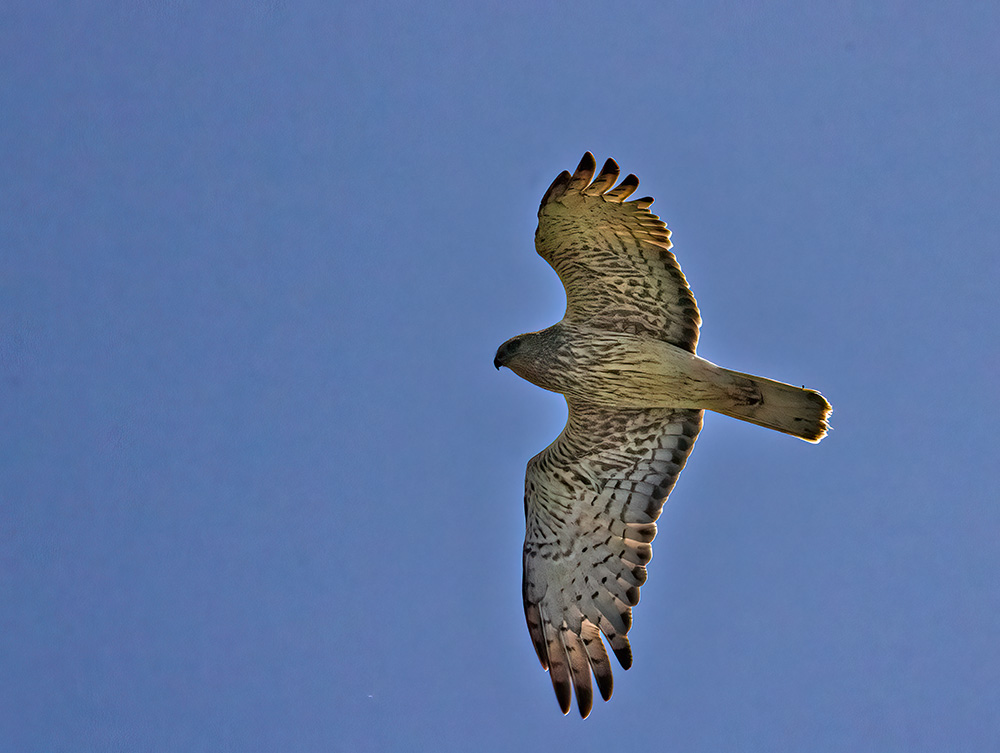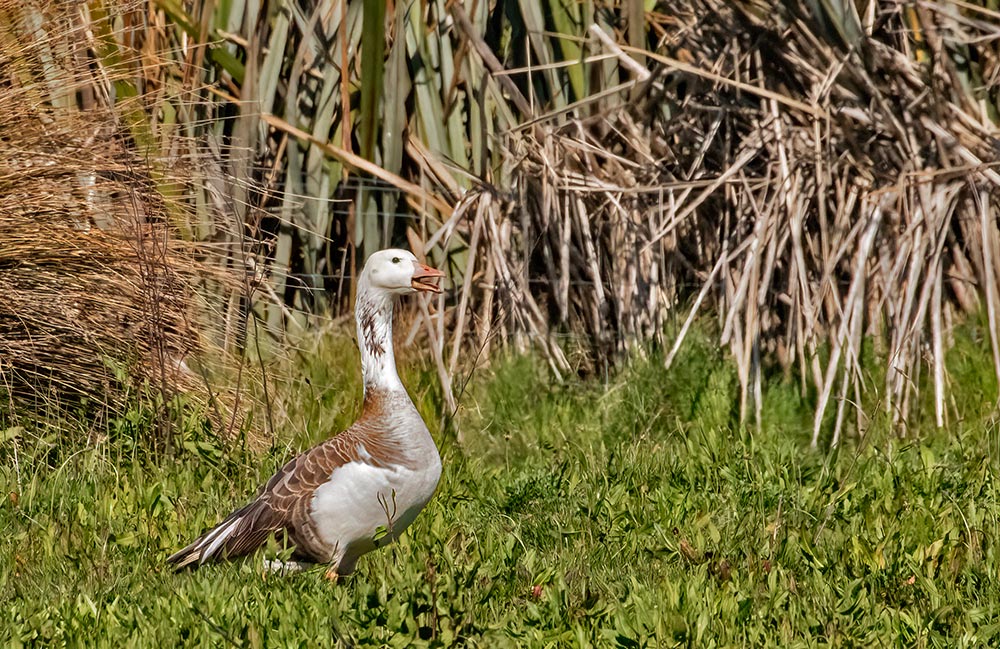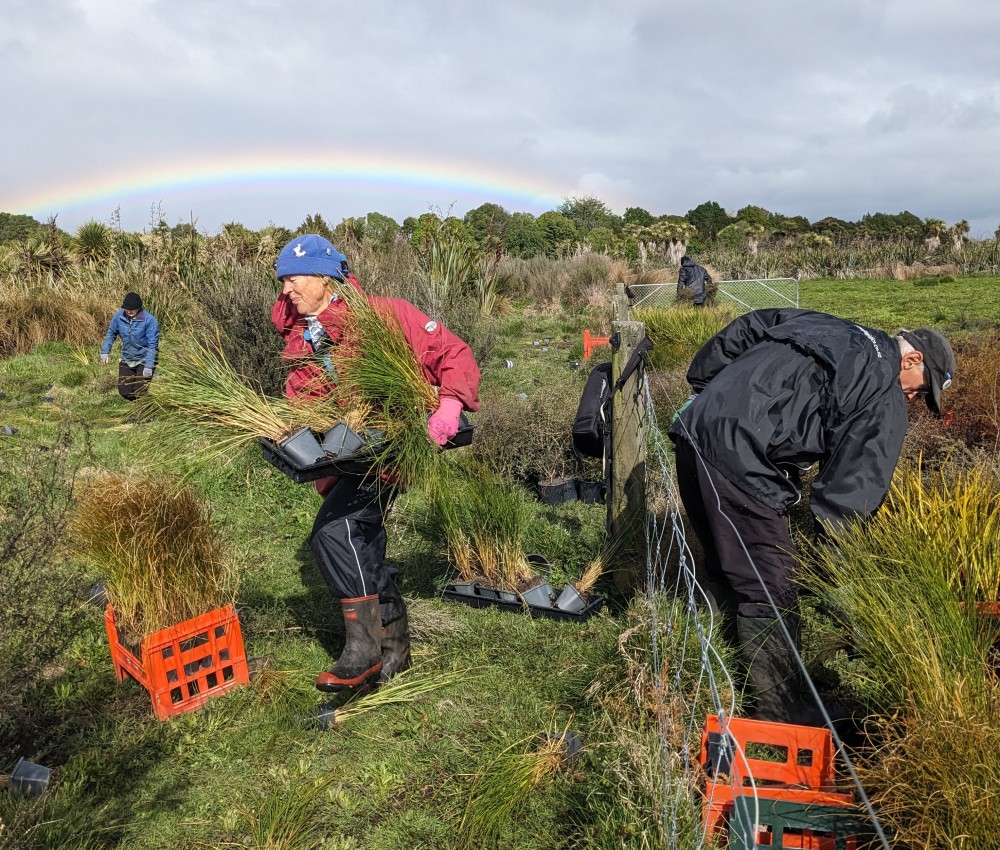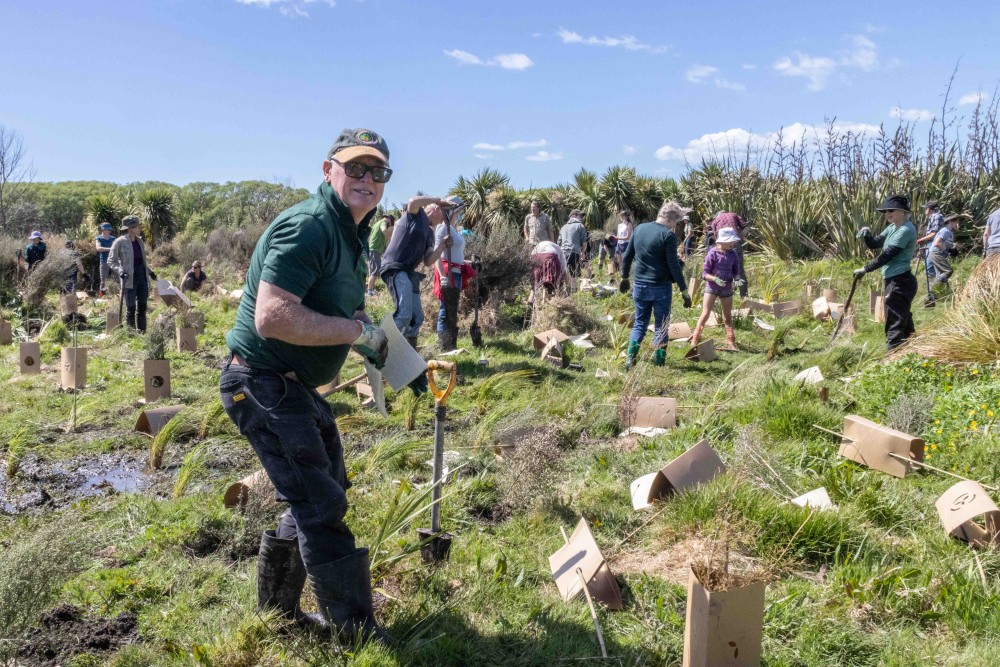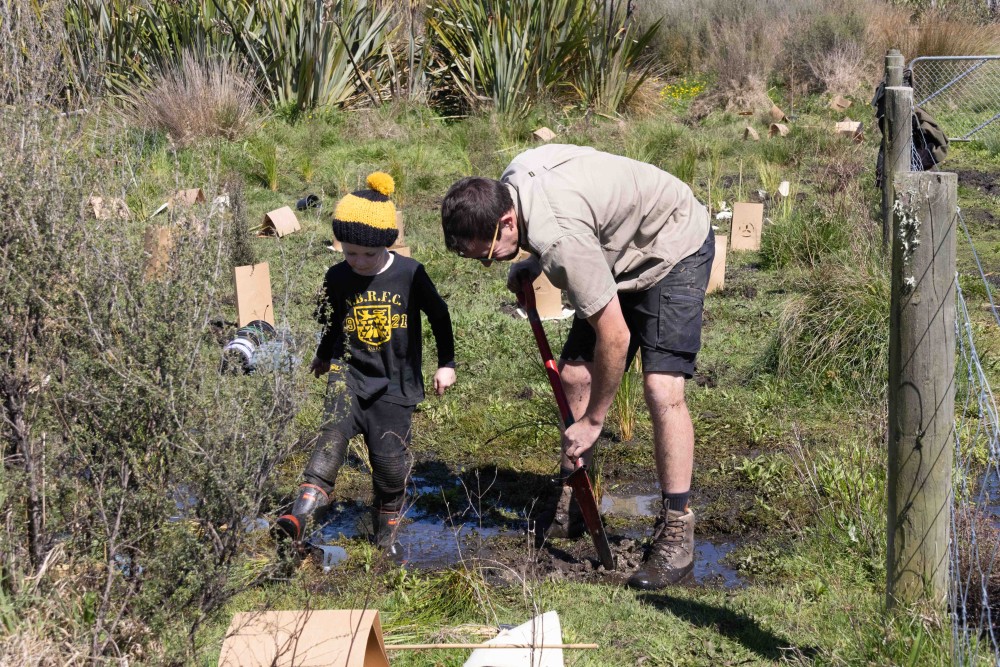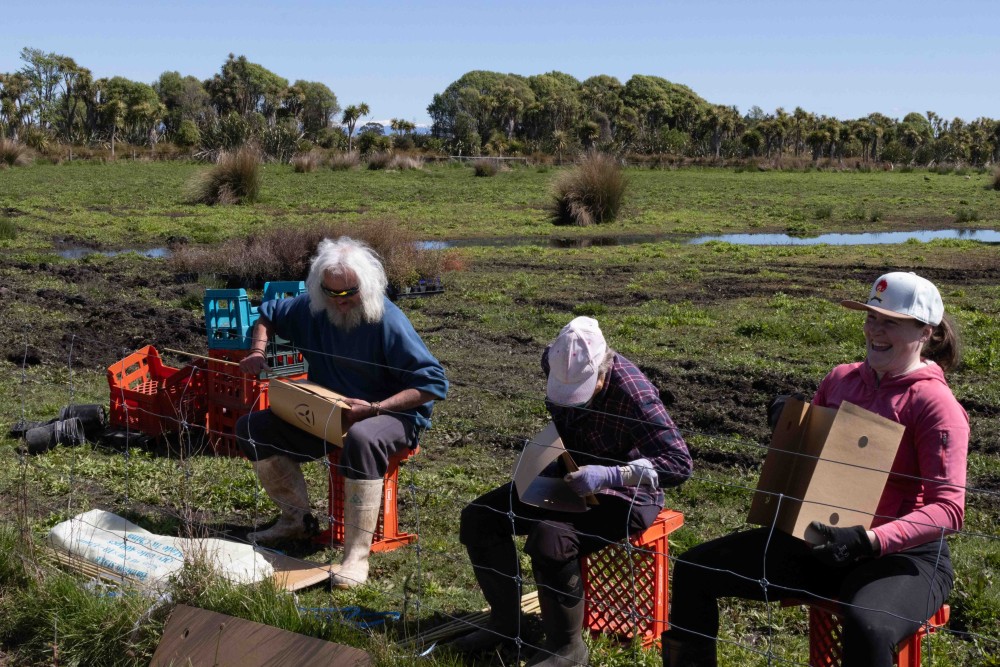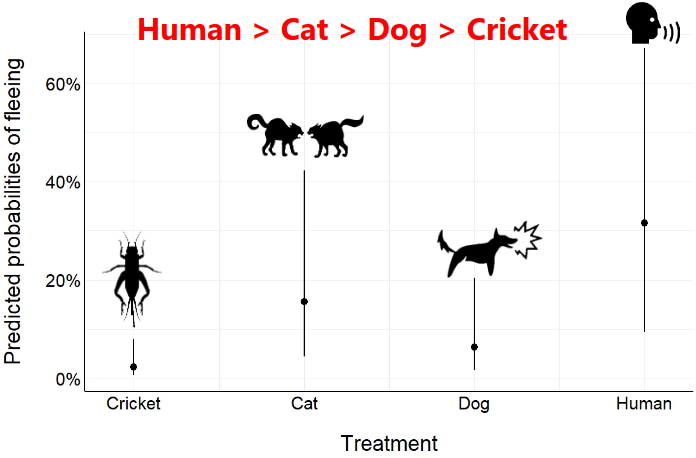All previous newsletters can be found here.
Work Day Reminder, November 18 2023
The next monthly work day will be from 9.00am – noon this coming Saturday (not 17th as in email newsletter).
This month we’ll be releasing plants from the rapid spring growth somewhere around the wetland, maybe even planting a few species.
If you arrive late there will be a notice on the Education Centre door explaining where we have gone.
All tools provided. Gumboots are advised but we can lend you some if you don’t have any. Please bring your own gloves if you can, but we have some of them for loan too.
If the weather on the work day is poor and we decide to cancel then an email will be sent by 8am on Saturday morning. So if you think the conditions are marginal, please check your emails.
If you’re reading this on the website and are not on the email list then you can add yourself to it through the form at the foot of the home page. If you change your mind there’s an unsubscribe link in each newsletter.
Latest News
Report on Last Month’s Planting Day, 28 October
This was our big planting day for the year and it was a real team effort. Trees for Canterbury generously provided the plants, plus some more from the Travis Wetland budget. A hardy team of Travis volunteers turned out in the wet and cold on Friday morning to put plants in place at the northern edge of the southern woods.
Saturday morning dawned fine and sunny and more than 60 people came to help with planting. Trees for Canterbury, rangers and Travis Wetland Trust volunteers did a fine job to make the morning run smoothly at the planting site. Conditions were soggy underfoot in places, though sunshine and views of fresh snow on the mountains lifted spirits. It was pleasant planting in small clearings with some shelter from flax and small shrubs. Over 1000 specimens were planted including sedges, flax, mānuka and small-leafed shrubs. Travis Wetland Trust volunteers provided tasty BBQ food to hungry planters at the end of the morning. Unfortunately we ran short of sausages at the very end, our sincere apologies if you missed out.
On Monday morning a team of wetland volunteers and members of our regular IDEAS team worked hard to get all excess plants into shade houses with a regular water supply. Travis volunteers will plant these out in suitable spots over the coming weeks. Great work everyone!
Article: Sue Britain, images: John Dunlop, Dave Evans
Special Butterflies Introduced to Travis
Over a year ago the plants of Muehlenbeckia axillaris and M. ephedroides were planted in a sunny spot near the pathway into the Wetland by the Wednesday Volunteers. The planting was most successful proving the spot was correct.
Establishing habitat the butterflies thrive in today was a massive amount of toil and persistence, carried out by Ranger Kenny and his resilient summer worker Darcie.
First they used a digger to clear the grassed area of soil which then had to be disposed of. Many loads of gravel and large stones were brought on site and unloaded; very heavy work well done.
This October saw Brian Patrick release 12 Boulder copper butterflies into the new habitat – six males and six females. They love the warm stones, which also camouflages them, but with careful observation they are visible. When they are active one can spot the females are orange with some blue, while the males are shiny purple with some orange.
Brian says the greenish larvae are difficult to spot; they feed out of sight on the flowers and leaves. The adults fly low, feed on nectar from the flowers and so help pollinate the flowers. They live for about two weeks. Boulder copper larvae survive through the winter and emerge as adults in late spring.
We are grateful to Brian for his huge interest in the habitat at Travis, which is attracting lots of attention from the public. Thank you Brian.
Article: Eleanor Bissell and images: Eleanor and John Dunlop
Exploiting fear for non-lethal cat management
At the recent Travis Wetland Trust AGM, Manaaki Whenua Landcare Research scientists Sze-Wing Yiu and Patrick Garvey spoke about a 2-year project which aims to investigate possibilities for repelling cats from wildlife reserves. The proposed approach is to use sounds to scare the cats away and is taking place over locations in Christchurch, Auckland and Wellington. The reserves being studied in Christchurch are Travis and the Styx Mill Conservation Reserve. Cats are serious invasive predators, but there is not a lot of public support for the containment of domestic cats. There is little support for using lethal force against cats where there is the possibility of the presence of domestic cats. Therefore non-lethal means for repelling cats from the reserves are being sought.
It has been found in North America that the presence of humans and dogs is sufficient to repel raccoons and mountain lions. Could the same thing work for cats in NZ? The project started with feral cats in a large pen and a 4 different sound cues. The cues were people talking, a dog barking, a noisy cat confrontation and crickets chirping. Results showed that people’s voices were best at deterring cats, followed by the cat confrontation, the dog barking and least of all the crickets. Cats were deterred from returning once they had experienced a sound that scared them away.
The next project phase is monitoring of the reserves using a trail camera to measure cat intrusion rates. Over six sites at Travis at least 31 cats and 150 encounters were recorded. Four cats ranged widely enough to be recorded at multiple widely spaced sites. Analysis of the data is still proceeding.
The third phase was a field trial to test the effectiveness of the sound cues from the first phase. When the trail camera is triggered at night by the presence of an animal (usually a cat) a selected sound cue is played over an adjacent speaker. Early results are positive, but testing and analysis is continuing. Ideally the sound cue would not only scare the cat away, but also deter it from returning to the area. One encounter showed that Paradise Shelducks were not very alarmed by the cat confrontation noise.
Article: Dave Evans, graphic Manaaki Whenua Landcare Research
Images from Grahame
